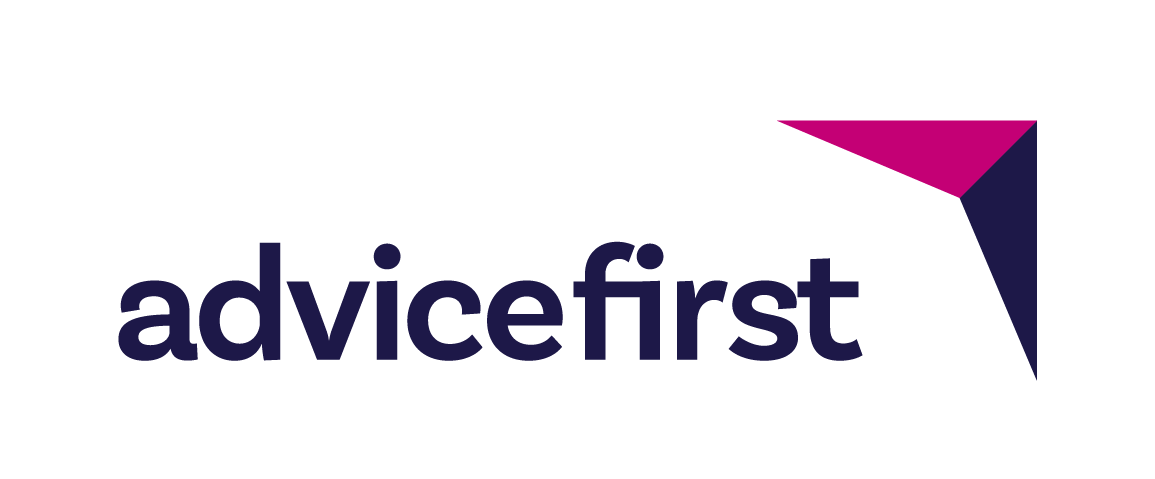You’ve spent years building your KiwiSaver investment. You’ve watched it grow, ridden out a few bumps in the market, and now that you’ve reached 65+ you’re finally reaching the point where you can access it.
But before you do anything… pause.
Because withdrawing your entire KiwiSaver balance the moment you hit retirement could be the single most expensive financial decision you ever make.
At AdviceFirst, we’ve seen it happen far too often. The markets wobble, the headlines shout about volatility, and the instinct to grab the cash kicks in. It’s understandable. But if you’re acting out of fear rather than strategy, you could be locking in losses and limiting the long-term power of the savings you’ve worked so hard for.
Let’s look at what’s really going on beyond the headlines and hot air.
Why Withdrawing It All at Once Could Cost You More Than You Think
When you hit 65, your KiwiSaver money becomes accessible. But just because you can take it all out doesn’t mean you should. Here’s why.
Many people withdraw their full balance and transfer it into a bank account – believing it’s safer, more flexible, or more responsible. But in doing so, they’re removing that money from an investment structure designed to support them through retirement.
When you take it all out, you:
-
-
- Stop it from earning investment returns
- Make it vulnerable to inflation eating away at its value
- Create the temptation to overspend in the early years of retirement
- Miss out on using it as a steady, reliable source of income
-
If your retirement is likely to last 20 to 30 years, you don’t just need your money to last. You need it to work for you the entire time.
The Real Risk? Inflation and Erosion, Not Market Drops
One of the biggest fears we hear from clients is: “Well, what if the market crashes again?”
In times of uncertainty, it’s an easy thought to latch onto. But what’s often overlooked is the slow, guaranteed creep of inflation.
Let’s say you’ve moved your KiwiSaver money into a regular bank account earning minimal interest. It may feel safe, but the purchasing power of that money is shrinking every year. Meanwhile, leaving at least part of your balance invested in a moderate fund could help you keep pace (or even grow) through retirement.
Making a considered decision can often be the difference between a smooth retirement runway or your money running out years sooner than it should.
What You Could Do Instead: Drawdown Strategy 101
Instead of cashing out everything, stick to your developed drawdown strategy.
This involves:
-
- Keeping your KiwiSaver money invested in a fund that matches your retirement time horizon and risk comfort
- Withdrawing small amounts at regular intervals, just like a pay cheque
- Protecting your future income while maintaining flexibility and control
You can also structure your KiwiSaver investment into different “buckets” – short-term money in conservative options for stability, longer-term funds in balanced or growth funds for sustainable returns.
This approach can help mitigate risk, gives you better peace of mind, and helps ensure your money lasts as long as you do.
Why You Don’t Need to Navigate This Alone
If you’re unsure what to do with your KiwiSaver investment right now, or if you’re feeling pulled between wanting stability and not wanting to miss out on growth, that’s exactly what your KiwiSaver adviser is here for.
AdviceFirst advisers can help you:
-
- Understand how much you really need, and when
- Build a drawdown plan that reflects your retirement lifestyle
- Adjust your fund choice to match your current stage, not your past habits
- Avoid making decisions out of fear or market noise
Don’t Let the Present Distract You from Your Future
Your KiwiSaver investment is more than a savings account. It’s a cornerstone of your income, your independence, and your future lifestyle. With the right strategy, it can continue to support you long after your last day of work.
So before you make any big decisions, make a better one.
Book a KiwiSaver Review with AdviceFirst.
Get the clarity, consideration, and confidence you need to protect your retirement and make the most of what you’ve built.
Your next 30 years deserve more than a split-second decision.




